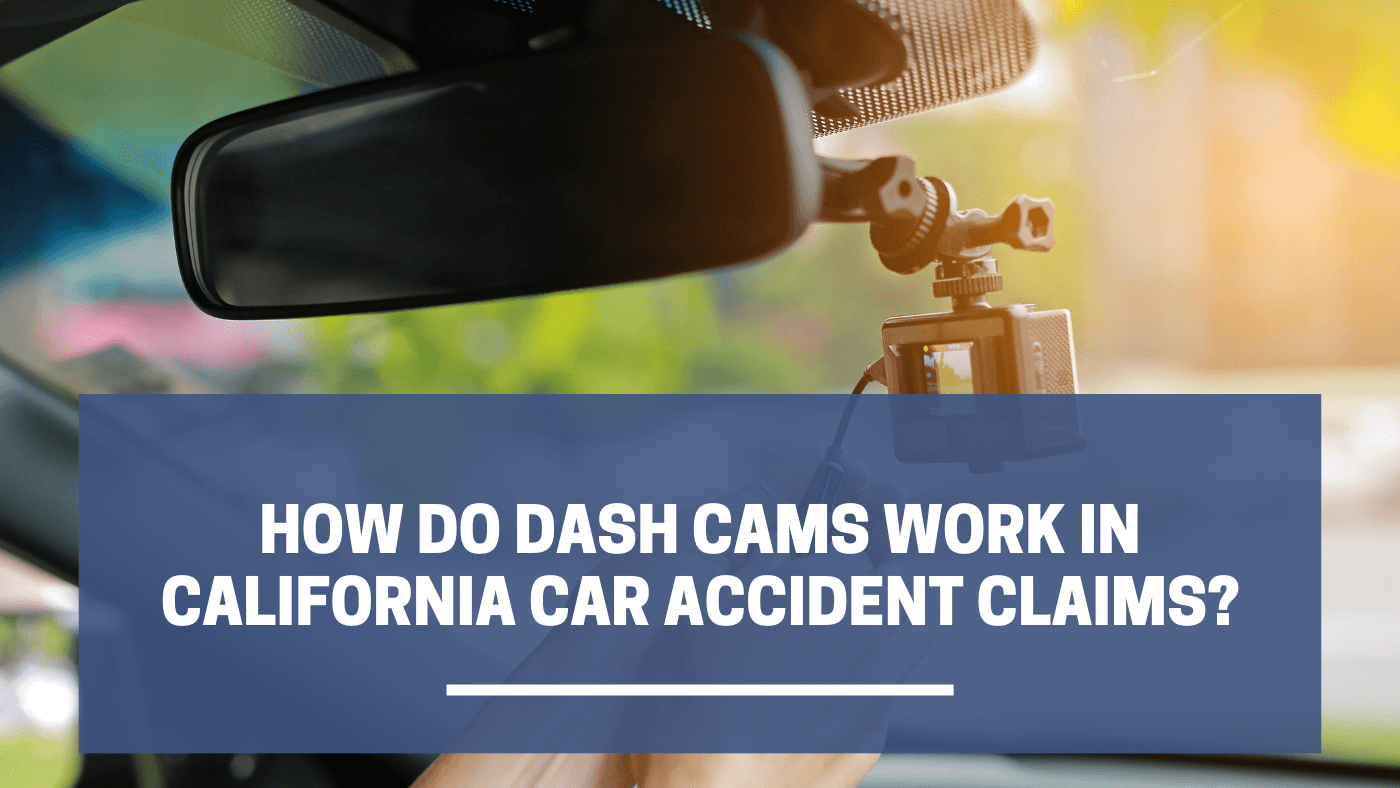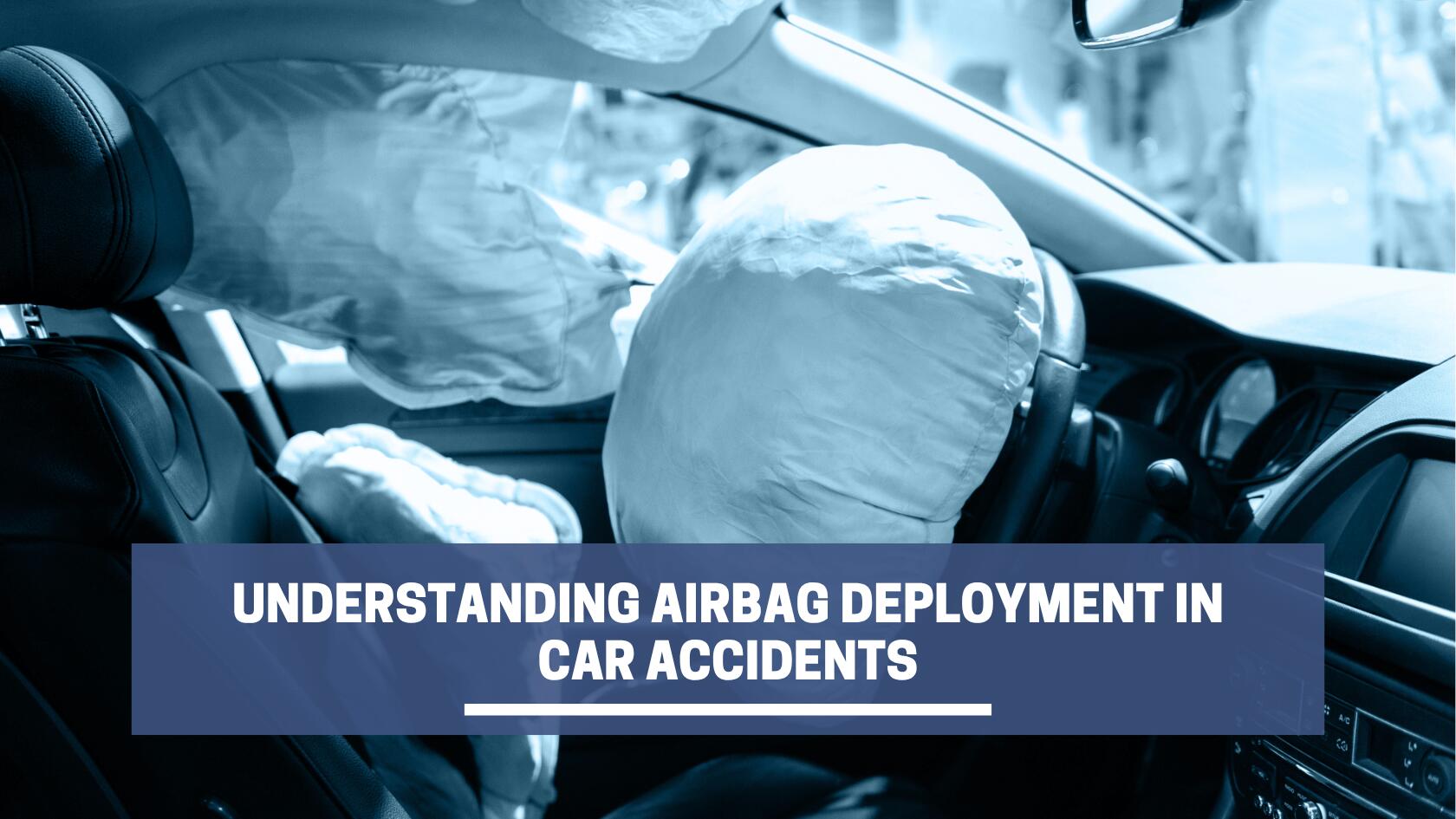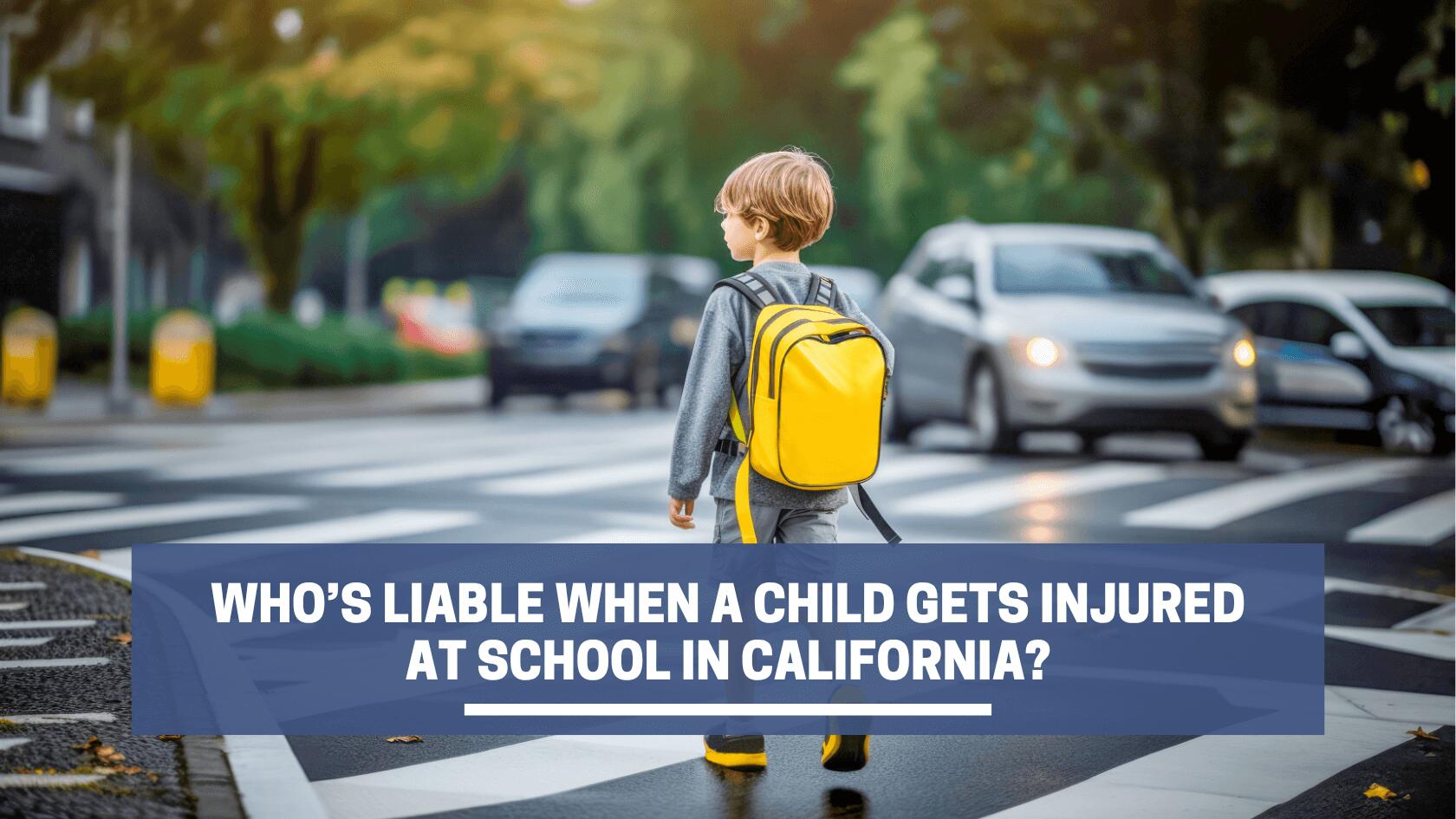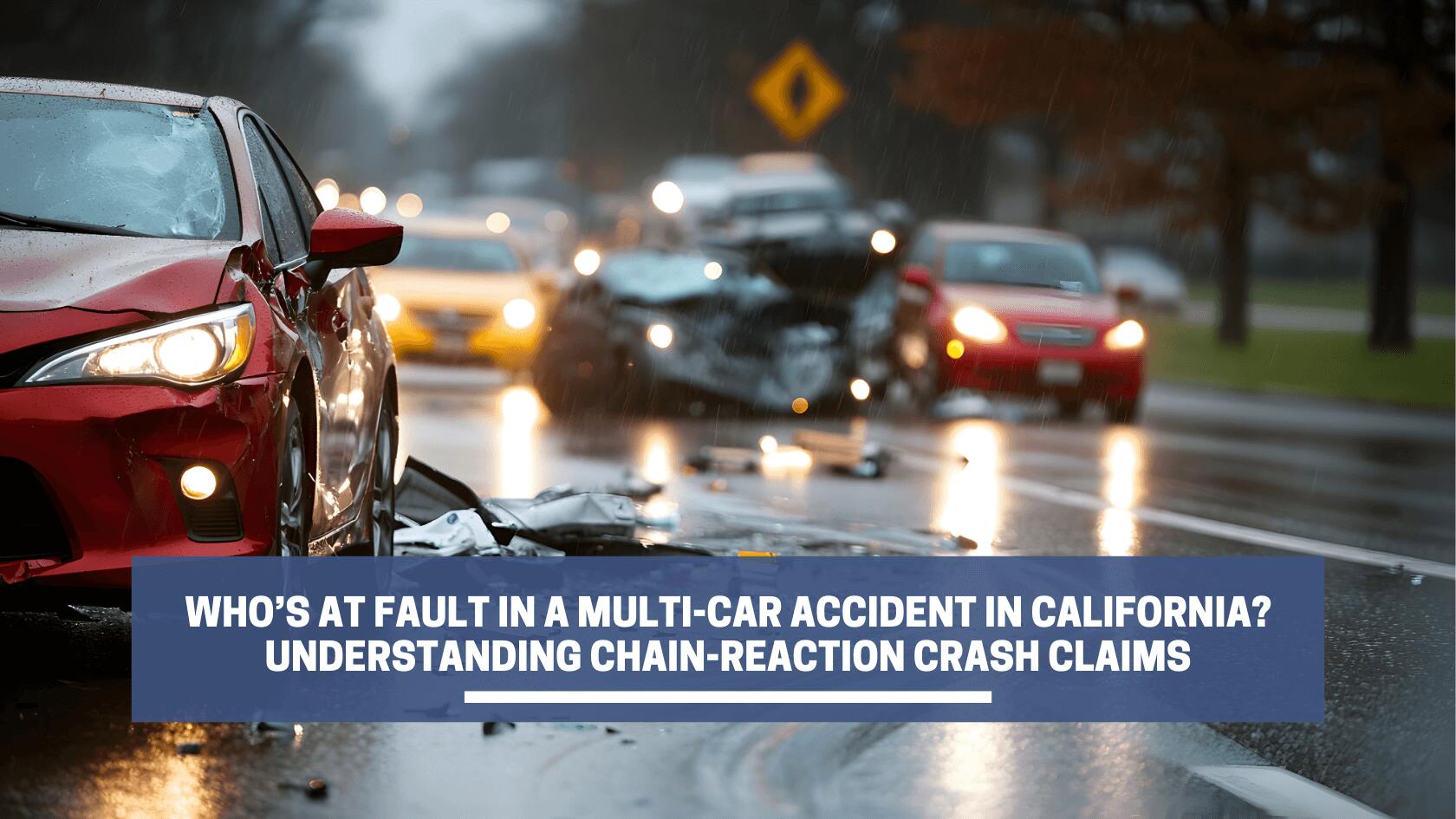Dash cams offer an unbiased way to prove who is at fault for the accident and how it occurred. An auto accident injury claim may hinge on the dash cam’s footage to show liability and whether the at-fault party’s insurance is responsible for paying damages.
California’s dash cam laws let you use dash cam footage in your car accident claim. Learn where to place a dash cam in your car within California regulations and how the footage might affect your car accident claim.
Highlights:
- Dash cams are legal in California for your car accident claim, but there are restrictions on where you can place a dash cam inside your car.
- Dash cams must only record 30 seconds before and 30 seconds after an event.
- You must obtain the consent of all passengers to record their conversations if your dash cam comes with an audio recording feature.
- If police reasonably suspect you will destroy the dash cam footage, they have the right to obtain it.
Are Dash Cams Legal in California?
In 2011, California passed legislation legalizing dash cams, allowing drivers to install dash cams and record footage. California Vehicle Code § 26708 limits where you can put your dash cam, how long it can record, and audio recordings within the vehicle.
Dash Cam Placement
You must place your dash cam somewhere in your vehicle that does not interfere with your view of the road. The placement of your dash can be in the following areas:
- Seven-inch square on the lower-right corner of your windshield farthest from the driver’s seat
- Five-inch square on the lower-left corner of your windshield away from your car’s airbag deployment area
- Five-inch square on the uppermost center of your windshield
Time Restrictions
The dash cam can record if it detects unusual motion of your vehicle or if you turn it on manually. However, under California’s dashcam law, 30 seconds of footage before and after the collision may be recorded by the driver. You cannot record more than 30 seconds before or after the crash.
Notice of Audio Recording
California is a two-party consent state, meaning all parties must consent to the recorded conversation. If your dash cam records audio, you must place a visible note inside your car informing your passengers that it may record conversations with them. You should disable the dash cam and audio feature whenever a passenger refuses to consent to the recording.
Can Police Confiscate Your Dash Cam After a Car Accident?
Police have the right to seize evidence, including dash cam footage, at the scene of an accident under exigent circumstances. An exigent circumstance is one in which a reasonable officer would believe immediate action is required to prevent the destruction of relevant evidence.
For instance, if the police officer thinks the car accident resulted from reckless driving and believes you are planning to delete the dash cam footage, they can take it.
Police cannot take the dash cam without justification for their actions. For example, in a minor rear-end accident where you and the other party exchange insurance information, the police cannot take your dash cam simply because a collision occurred. They must have reason to believe you were about to destroy or delete the footage from your dash cam.
Can Dash Cam Footage Be Used as Evidence for a Car Accident Claim?
There is no specific California law pertaining to dash cams used in a car accident injury claim. Dash cam footage can prove that the other driver was negligent and caused the accident.
You can provide evidence of what happened before, during, and after a car accident using dash cam footage. The footage can offer the following valuable evidence:
- Make, model, and license plate of the other driver’s vehicle
- Estimated speed of the other driver
- Weather and road conditions at the time of the accident
- The angle of a side-swipe collision if the other party made an unsafe lane change
- Whether the driver violated any traffic laws, such as running a red light or stop sign
For instance, the other driver might deny they were drunk driving at the time of the accident. You can use your dash cam footage to demonstrate their actions, such as unpredictable braking or swerving into and out of traffic lanes, caused the collision. The insurance company might consider their insured driver at fault for the accident and give you compensation within the driver’s insurance policy limits.
If you believe your rights were violated by a police officer, you have the legal right to obtain dash cam footage from the police officer. The video and audio recording disclosure in the dash cam california law from 2018 requires police to hand over their footage upon your request. You can send an email through a request under the Public Records Act and the California Highway Patrol with the subject line, “Request for AB 748 Information”.
When Can I Not Use My Dash Cam Footage for My Accident Claim?
In some cases, you may not use footage that was unlawfully captured or violated California’s dash cam laws. For example, a dash cam captures a conversation by a passenger who didn’t know about the dash cam’s audio recording could have violated their right to privacy.
The footage may not be admissible as evidence with the other party’s insurance company or in court since you did not legally obtain the passenger’s consent to the dash cam’s audio recording. It’s important to work with a lawyer to understand your rights under California for including your dash cam footage as part of the evidence for your claim.
Are You Required to Share Your Dash Cam Footage in a Car Accident Claim?
Any party involved in a car accident claim may have the right to use dash cam footage in a car accident claim, even if they don’t have their dash cam. However, the other driver’s attorney will need to file a lawsuit, leading to the discovery process where they must request that you hand over specific evidence, including the video from the dash cam, within a timely manner.
However, you also have the right to ask the other driver for a copy of their dash cam footage during the discovery phase. If they refuse to provide it, the court imposes a $250 sanction and requires the attorney to notify the State Bar of the sanction.
Can I Obtain Dash Cam Footage from a Company Car?
California law states that any employee driving for hire or operating a commercial motor vehicle has the right to obtain dash cam footage from their employer. When you are involved in an accident in a company car and need the dash cam footage to file a claim, your employer must provide the footage within five days. They cannot refuse to turn over the footage and make you pay for it.
Achieve the Best Outcome for Your Accident Claim with Dash Cam Footage
Dash cam footage can help you strengthen a car accident claim. In an accident, it can be an essential piece of evidence to establish the circumstances and the actions of the driver that led to it.
Using the dash cam footage to resolve your claim can speed up your settlement process and help you resolve your claim more quickly.











